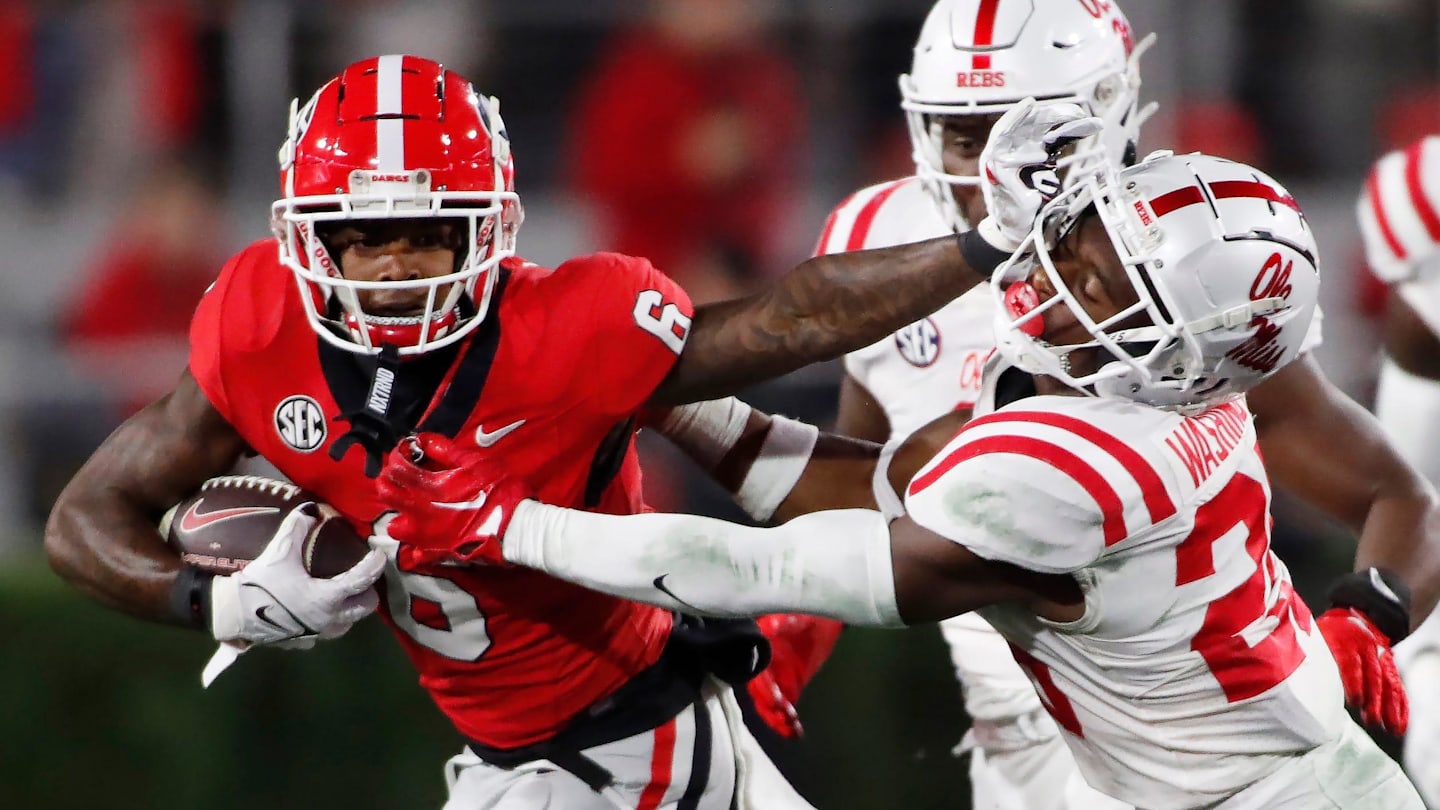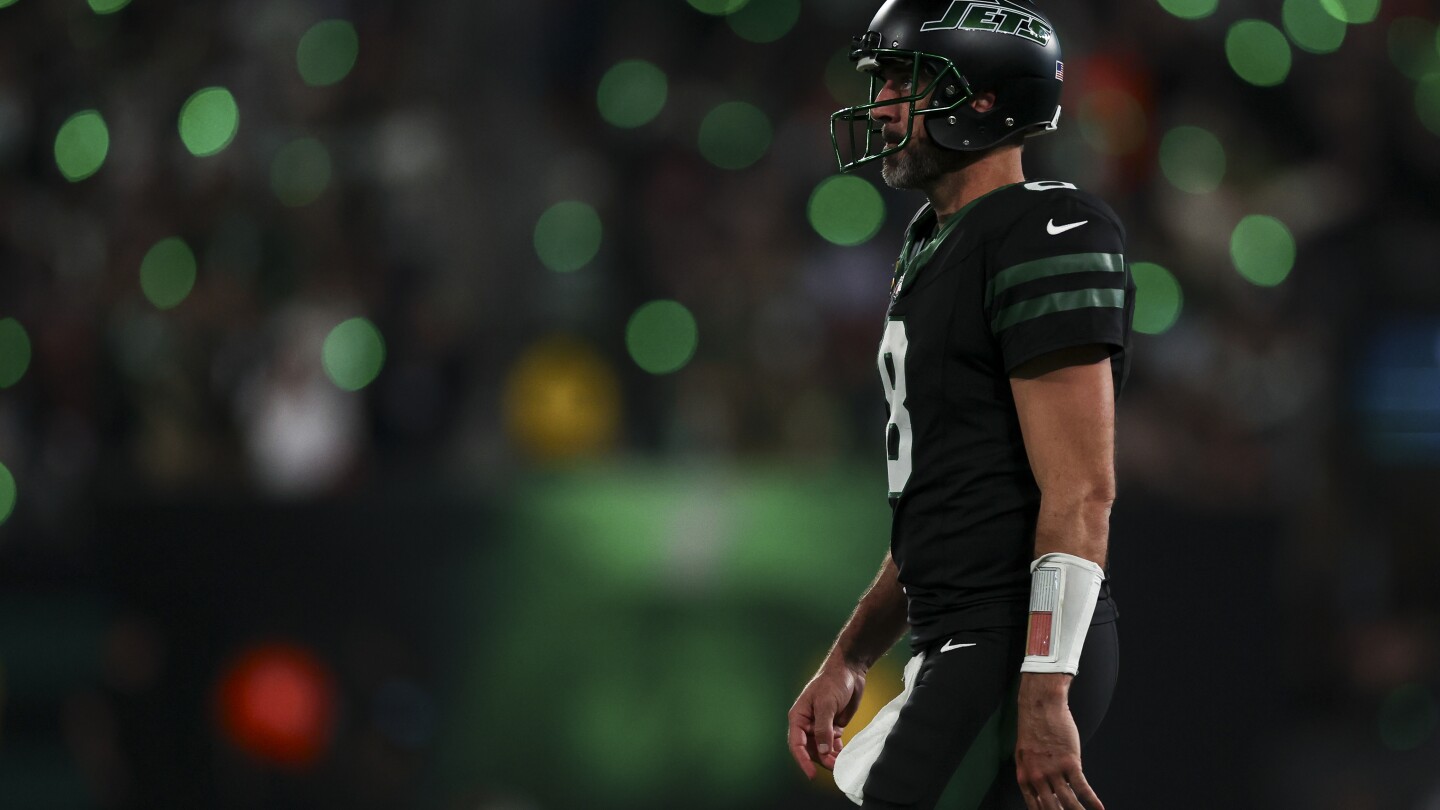Jobs
Stock Market Today: Dow down 250 points in choppy trade ahead of September jobs report

There’s an easy way for investors to tell when market participants are growing increasingly concerned about more sustained upside risk to inflation: It’s when 5- or 10-year breakeven inflation rates rise above 2.5%.
Breakeven rates are a measure of what market participants expect average inflation to be over the next 5 or 10 years. As of Wednesday, the most recent day in which data is available from the St. Louis Fed, 5- and 10-year breakeven rates were respectively at 2.1% and 2.21%.
Both rates have remained mostly below 3% for more than 21 years. One of the few exceptions was after Russia’s invasion of Ukraine in February 2022, when the 5-year breakeven rate spiked above 3% for a few months and its 10-year counterpart rose close to that level.
Tim Magnusson, chief investment officer of Minnesota-based Garda Capital Partners, said that “if we were to get back to, say, 2.5% breakeven in the 5-year sector, that would be a flag to me that the market is concerned about a second wave” on inflation. However, “I don’t see us heading there any time soon.”
Meanwhile, Omair Sharif, founder and president of Inflation Insights, said that the 10-year breakeven rate’s historical average is close to 2%, so “a break above 2.5% would be a little bit concerning.” “If we get there, that tells you people are pricing in a more sustained upside risk to inflation.”








